In the wake of Hurricane Helene’s destructive path through western North Carolina, the healthcare industry faced an unexpected challenge – a critical shortage of intravenous (IV) fluids. The storm wreaked havoc on a key IV fluid manufacturing facility operated by Baxter, a major supplier in the United States.
Nancy Foster, Vice President of Quality and Safety Policy at the American Hospital Association (AHA), expressed concerns about the ongoing repercussions of this supply chain disruption.
“Hospitals are still receiving less than their normal required amounts of these fluids,”
she explained. This deficit has forced medical institutions nationwide to implement contingency measures to manage patient care effectively.
The shortage of IV fluids has significantly impacted hospitals across the country, leading to operational adjustments such as limiting elective surgeries and adopting alternative hydration strategies for patients. Despite efforts to mitigate the crisis, challenges persist due to the essential role IV fluids play in treating various medical conditions.
Foster highlighted that while shortages in medical supplies are not uncommon, the scarcity of IV fluids presents a distinct challenge. These fluids are indispensable for administering medications and treatments to patients during hospitalization. The swift response from regulatory bodies like the FDA and Administration for Strategic Preparedness and Response underscores the urgency of restoring Baxter’s manufacturing capabilities post-Hurricane Helene.
Baxter has been diligently working towards resuming full production at its North Cove facility, aiming to reach pre-hurricane capacity levels by early 2025. Updates from Baxter indicate significant progress in restarting manufacturing lines, with plans to eliminate product allocations associated with IV solutions early next year.
Despite these positive developments, Foster cautioned that it may take until January before the situation begins to improve substantially. She remains optimistic about gradual enhancements as more production lines become operational and regulatory approvals ensure product safety standards are met.
As hospitals navigate this unprecedented challenge, healthcare providers continue striving to deliver optimal care while managing constrained resources effectively. The collaborative efforts between industry stakeholders, regulatory agencies, and healthcare professionals will be pivotal in overcoming this crisis and safeguarding patient well-being amidst adversity.


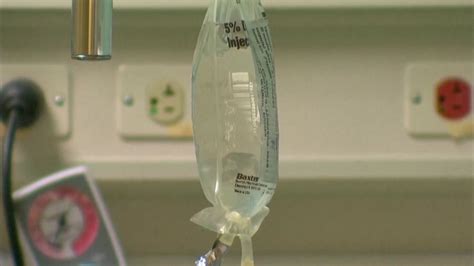
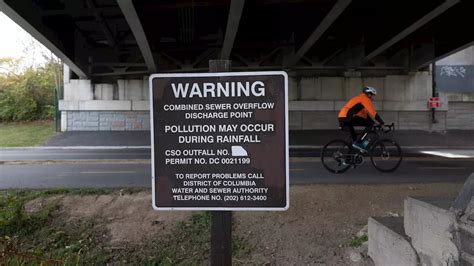
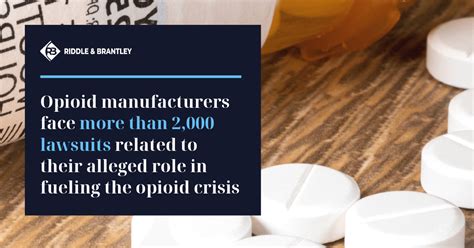

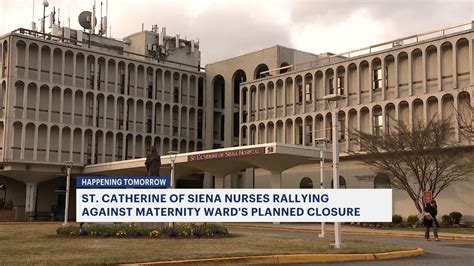
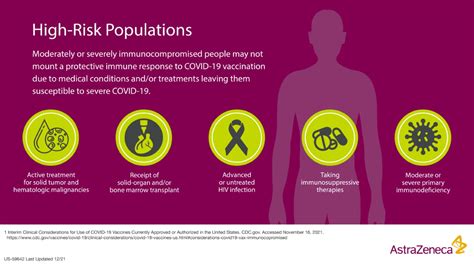

Leave feedback about this